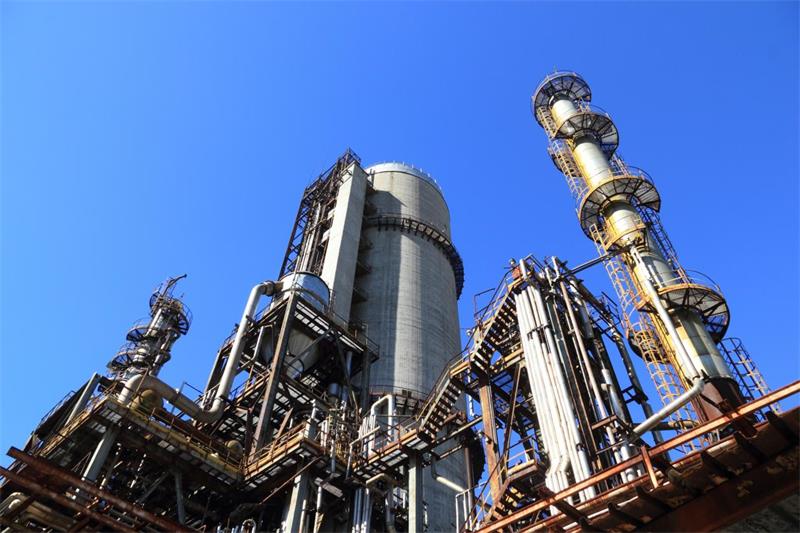
In addition to hydrogen sulfide, the petroleum cracking gas usually contains a certain amount of organic sulfur. The key to reducing the sulfur content is the effective removal of sulfur alcohol and hydrogen sulfide from the raw gas. Molecular sieve can be used to adsorb some sulfur-containing compounds. The adsorption principle mainly includes two aspects:
1- shape selection and adsorption. There are many uniform aperture channels in the molecular sieve structure, which not only provide a large inner surface area, but also limit the proportion of molecules with large aperture entry.
2- polar adsorption, due to the characteristics of the ion lattice, the molecular sieve surface is high polarity, thus has a high adsorption capacity for unsaturated molecules, polar molecules and easily polarized molecules. Molecular sieve is mainly used to remove thiol from natural gas. Due to the weak polarity of COS, similar to the molecular structure of CO2, there is a competition between the adsorption on the molecular sieve in the presence of CO2. To simplify the process and reduce equipment investment, molecular sieve adsorption sulfate is usually used in conjunction with molecular sieve dehydration.
The aperture of JZ-ZMS3,JZ-ZMS4,JZ-ZMS5 and JZ-ZMS9 molecular sieve are 0.3nm,0.4nm,0.5nm and 0.9nm. It was found that JZ-ZMS3 molecular sieve hardly absorbs thiol, JZ-ZMS4 molecular sieve absorbs small capacity and JZ-ZMS9 molecular sieve absorbs thiol strongly. The results show that the adsorption capacity and adsorption properties increase as the aperture increases.
Related products: JZ-ZMS9 molecular sieve; JZ-ZHS molecular sieve

